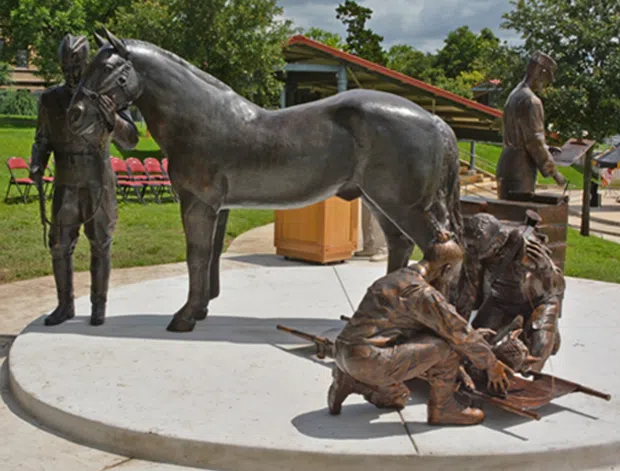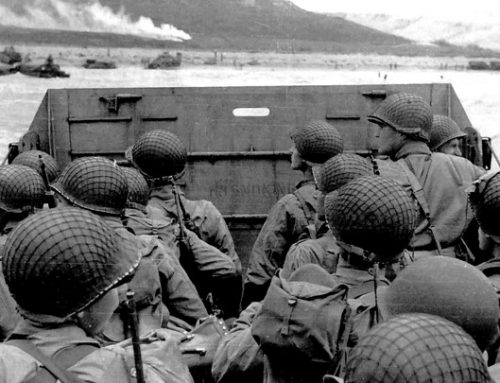June 3 – United States Army Veterinary Corps Established
June 3, 1916
The Army Veterinary Corps was founded on June 3, 1916. Today, they perform multiple food safety and veterinary care duties to help protect all service members.
The United States Army Veterinary Corps is a non-combat specialty branch of the Army Medical Department (AMEDD) which consists of commissioned veterinary officers and Health Professions Scholarship Program veterinary students. It was established by an Act of Congress on June 3, 1916, after the recognition of how the need for veterinary expertise had been evolving since George Washington directed that a “regiment of horse with a farrier” be raised in 1776. It has since evolved to include sanitary food inspectors and animal healthcare specialists.
The Veterinary Corps is supported by warrant officer and enlisted AMEDD personnel. Warrant officers are the core of its Food Inspection Service while the enlisted personnel can serve as Food Inspection Specialists and Animal Care Technicians, however the enlisted collar insignia lacks the “V” and is the same as what is worn by medics.
The Army Veterinary Corps mission is to protect the Warfighter and support the National Military Strategy, which they accomplish by providing veterinary public health capabilities through veterinary medical and surgical care, food safety and defense, and biomedical research and development. Additionally, Veterinary Corps Officers provide military veterinary expertise in response to natural disasters and other emergencies. Even though the current mission statement does not include the performance of stability and reconstruction operations, Veterinary Corps personnel are involved in these types of missions.
The Army Veterinary Corps provides food safety and security inspections to all of the Armed Services and they are also responsible for providing care to Military Working Dogs, ceremonial horses, working animals of many Department of Homeland Security organizations, and pets owned by service members. They also contribute their skills in the development of life saving medical products that protect all service members, human and animal.





